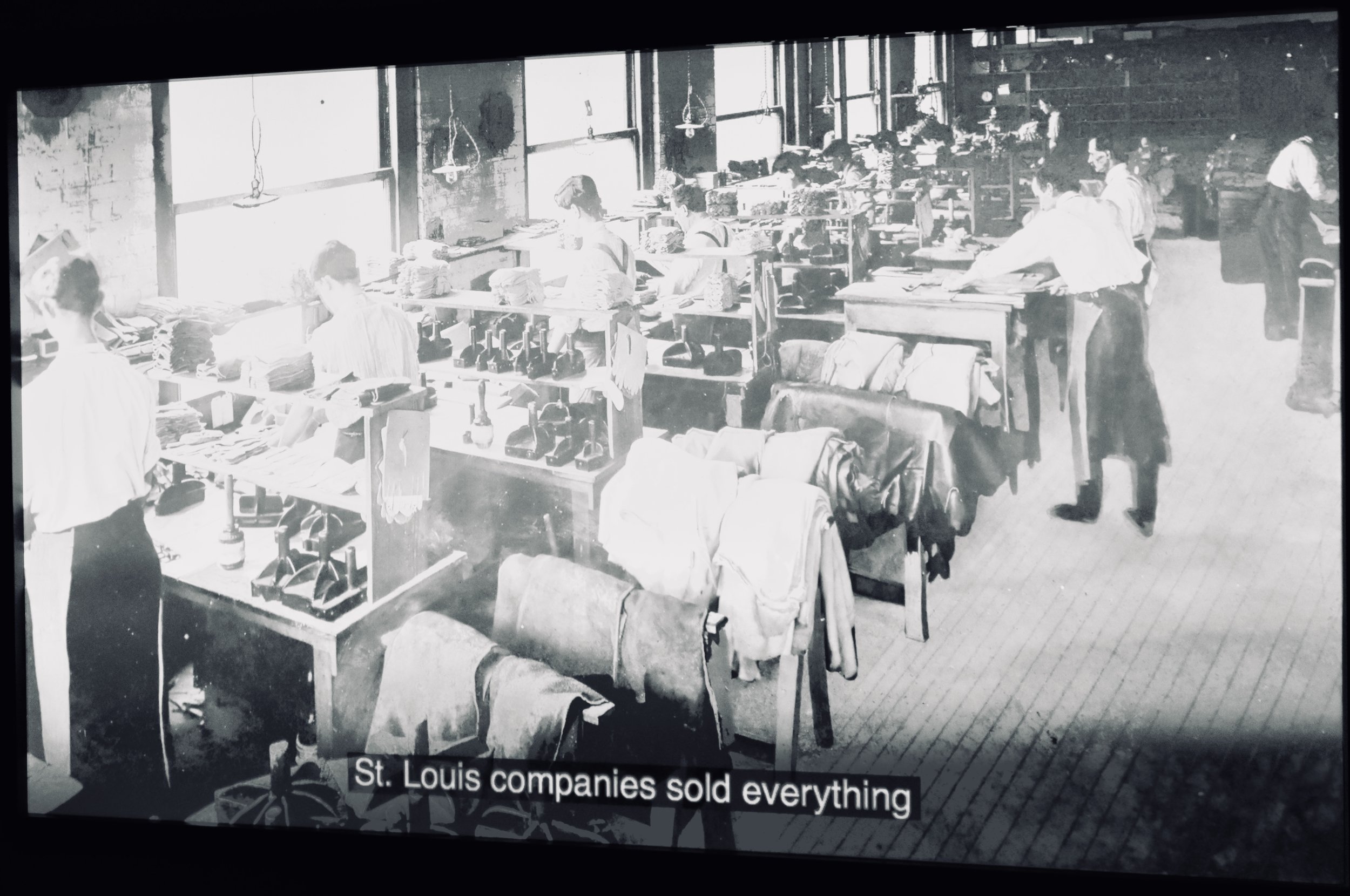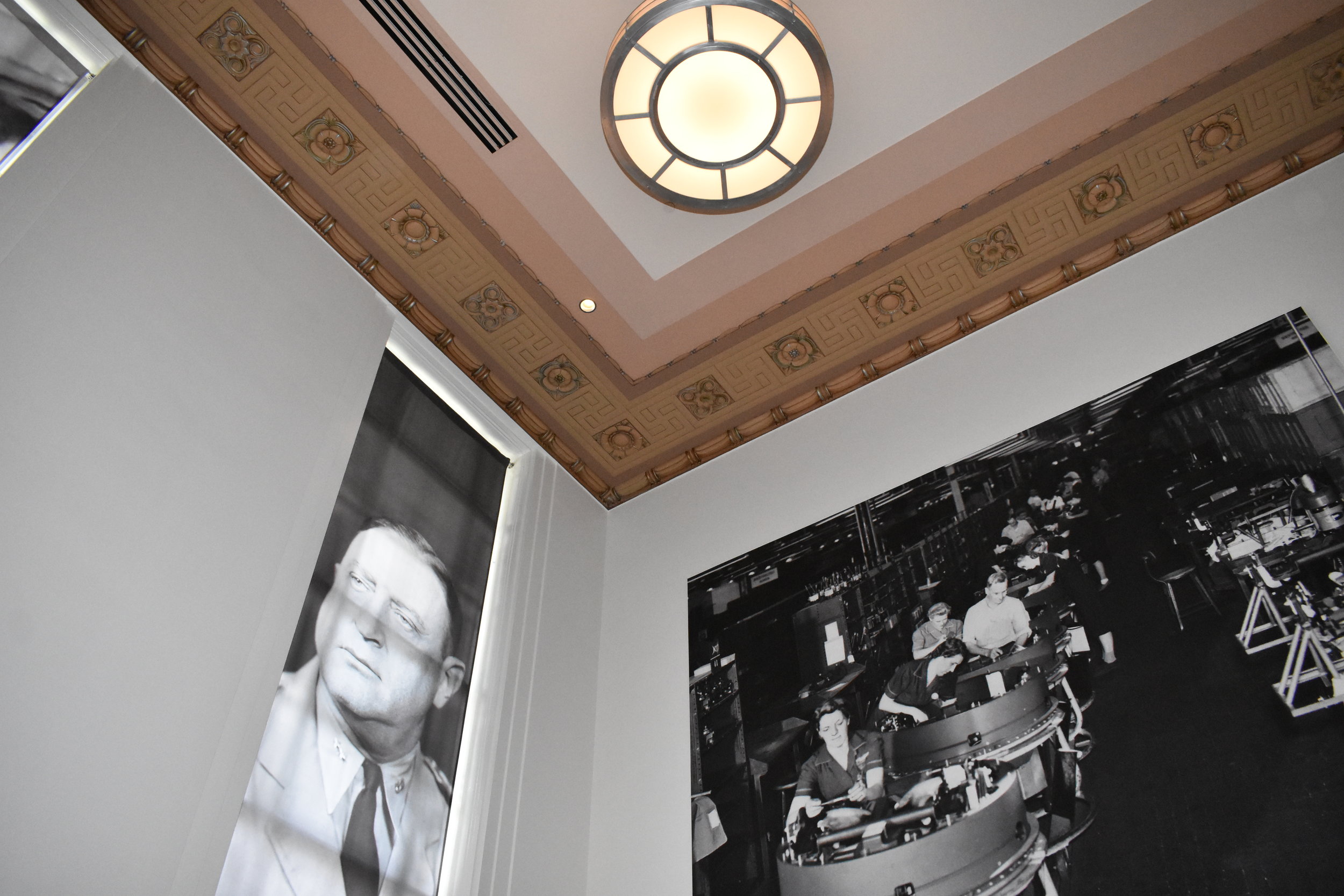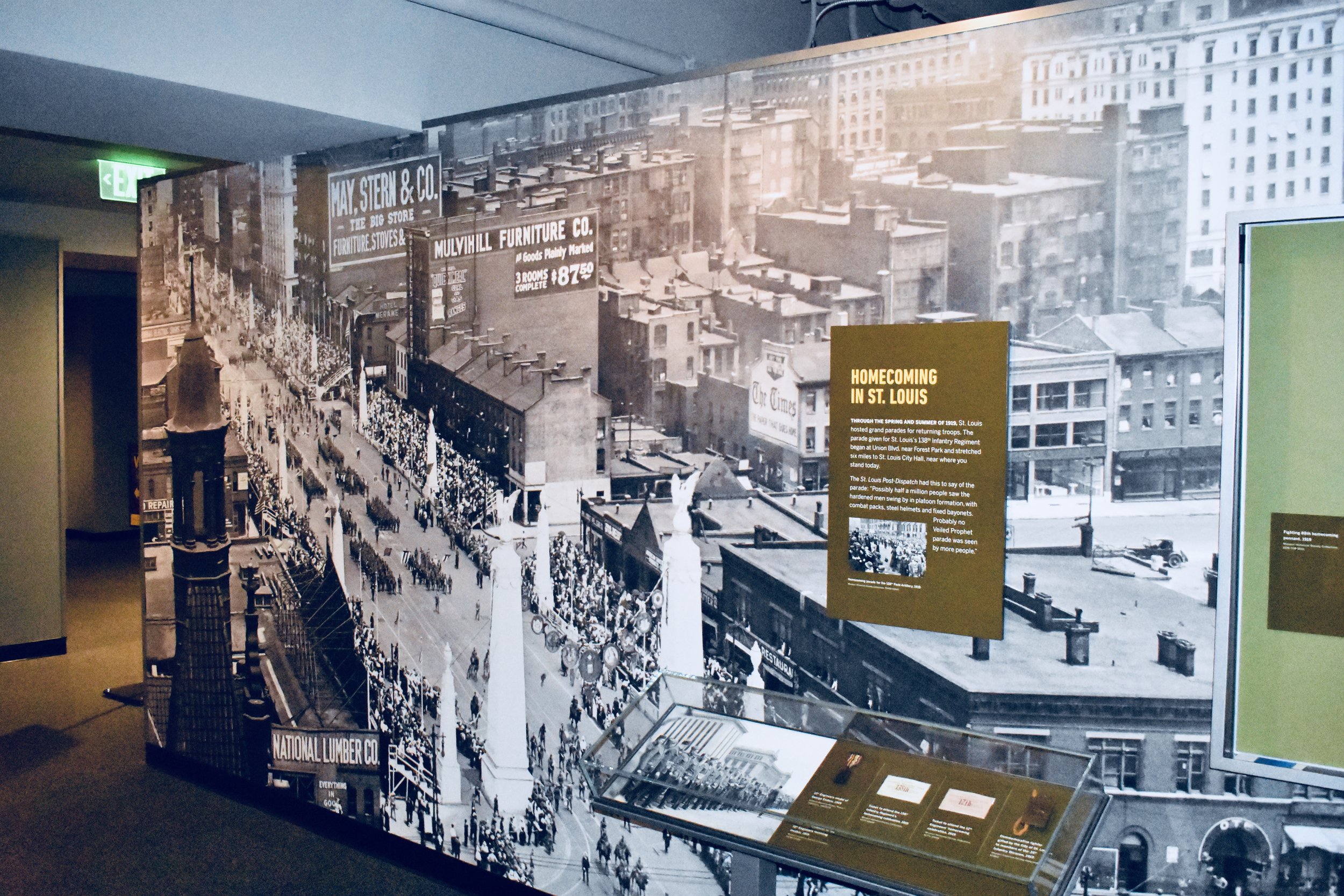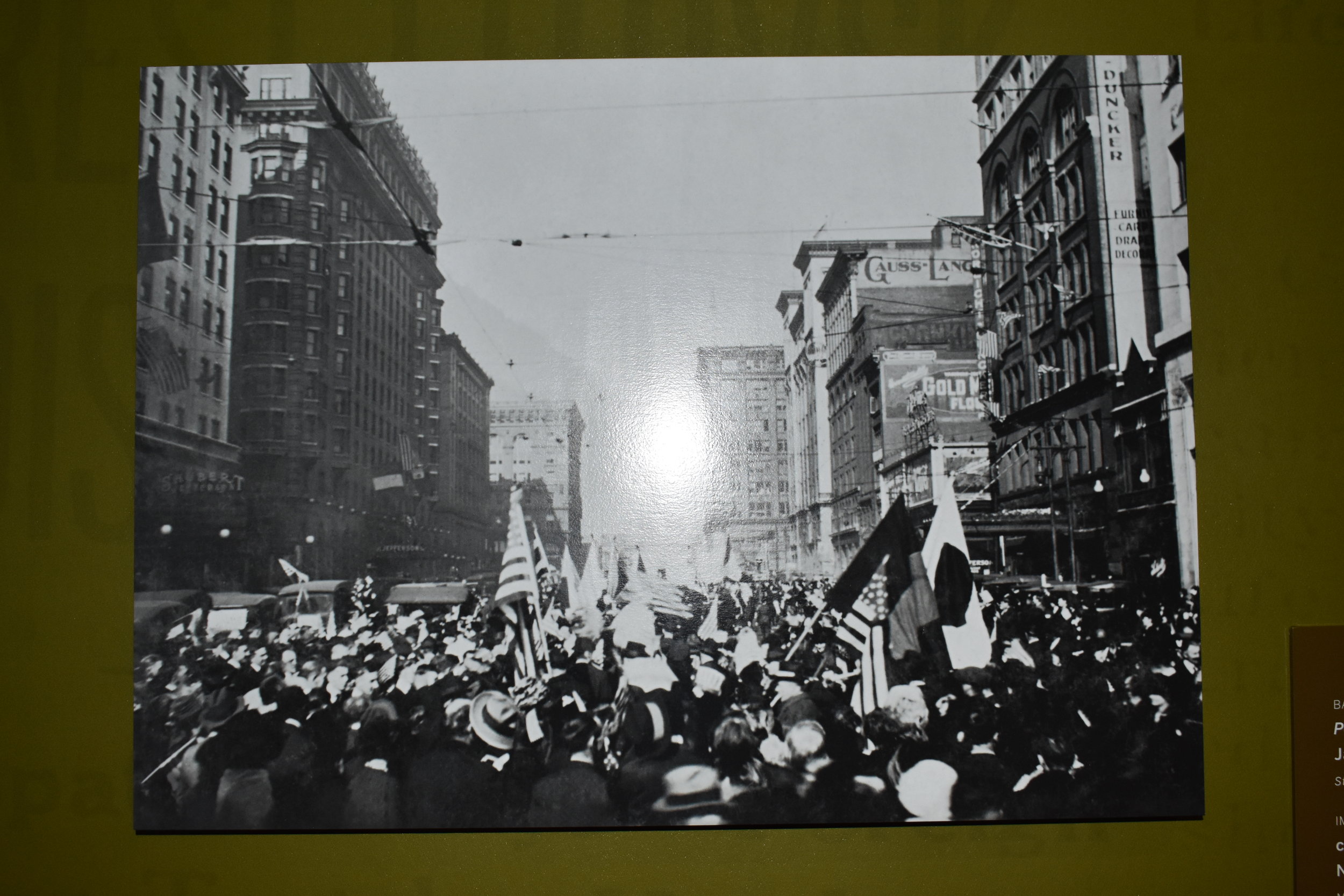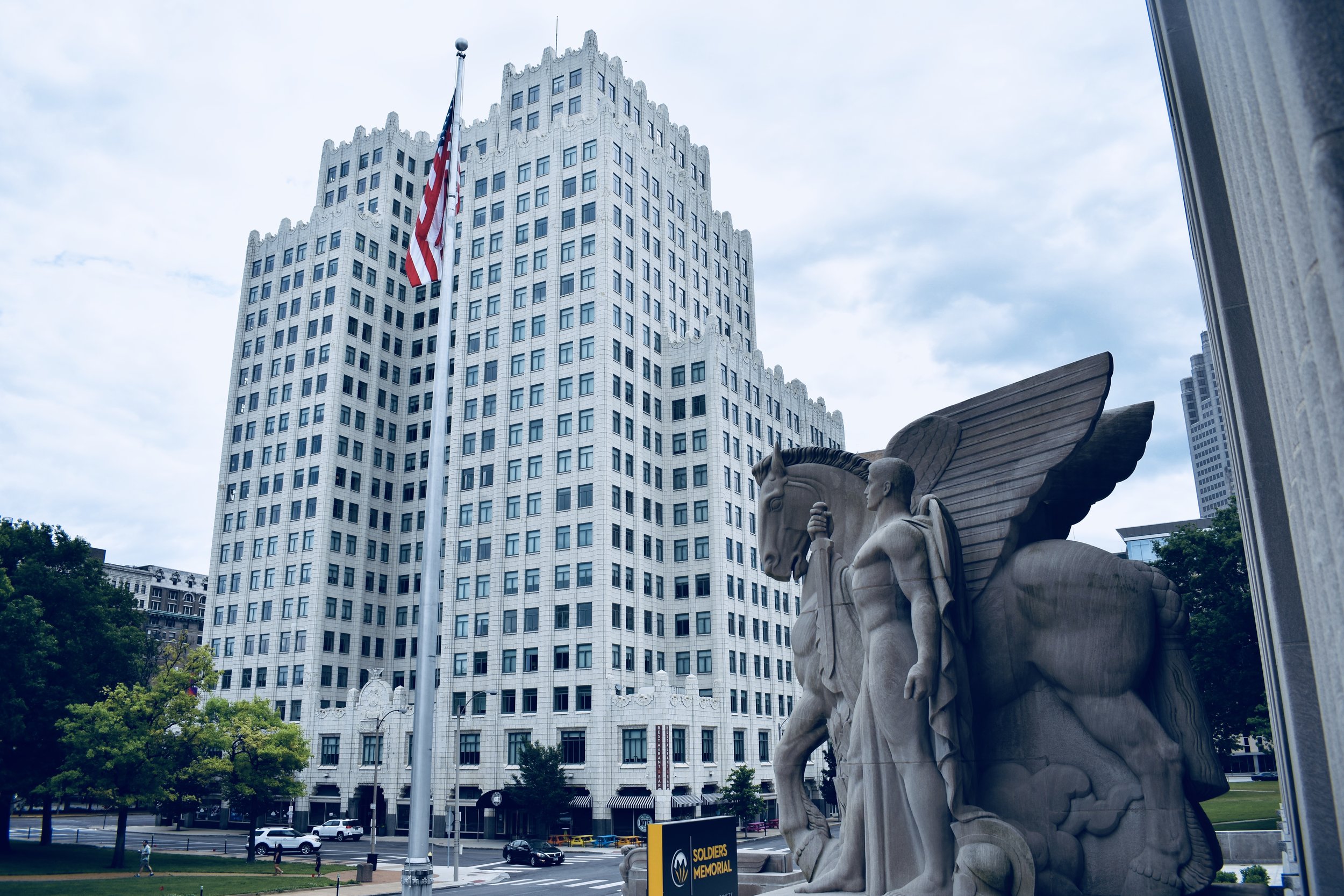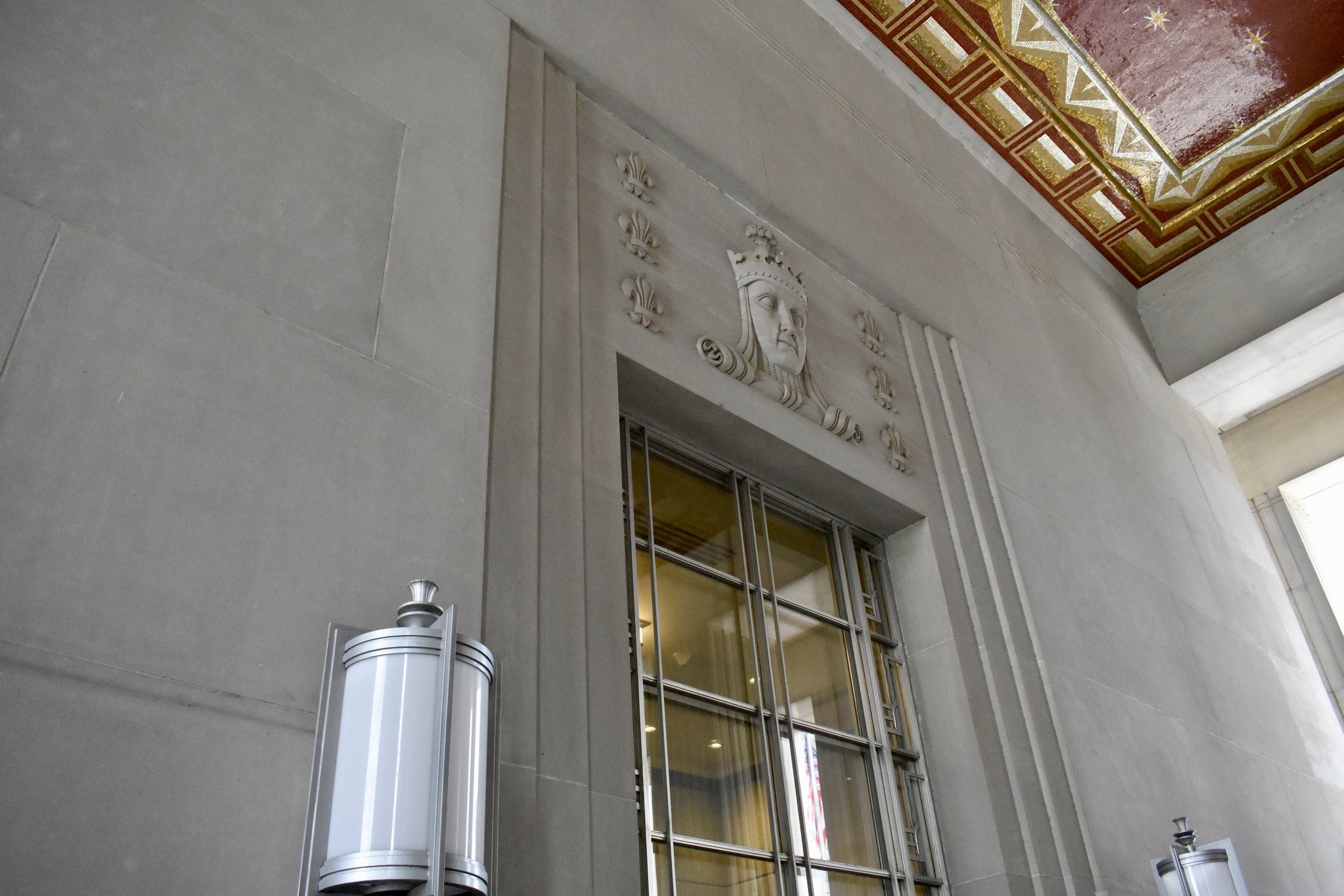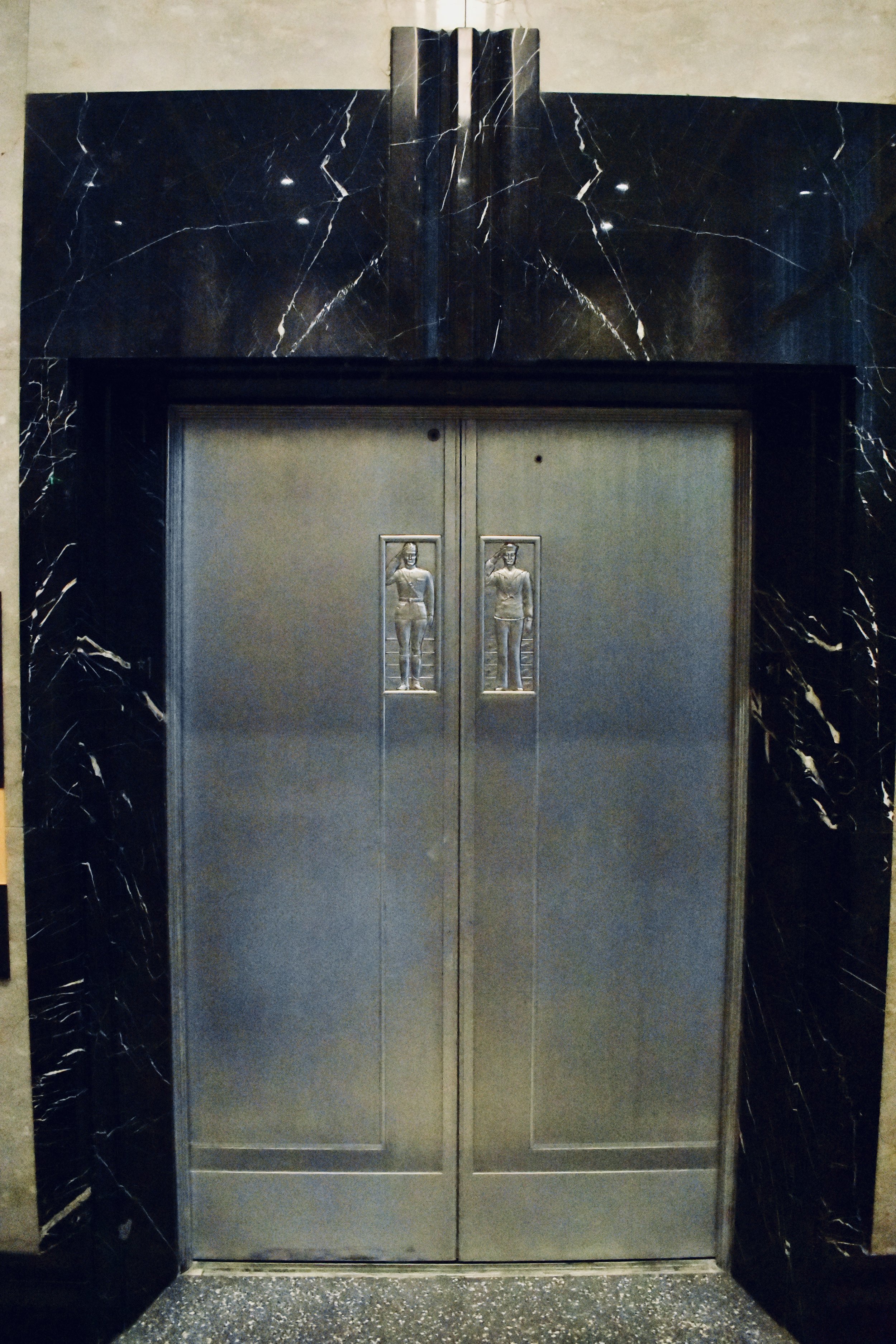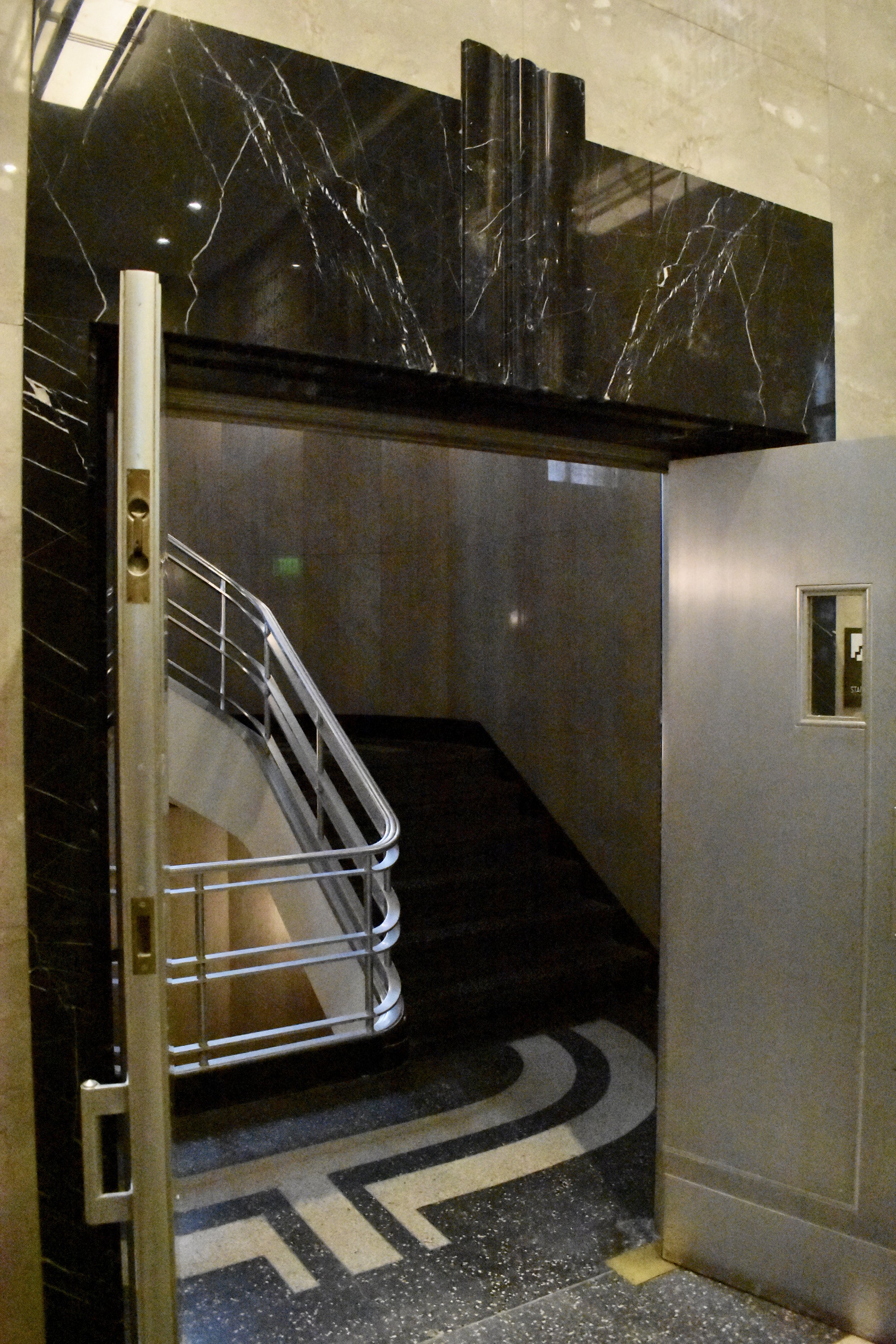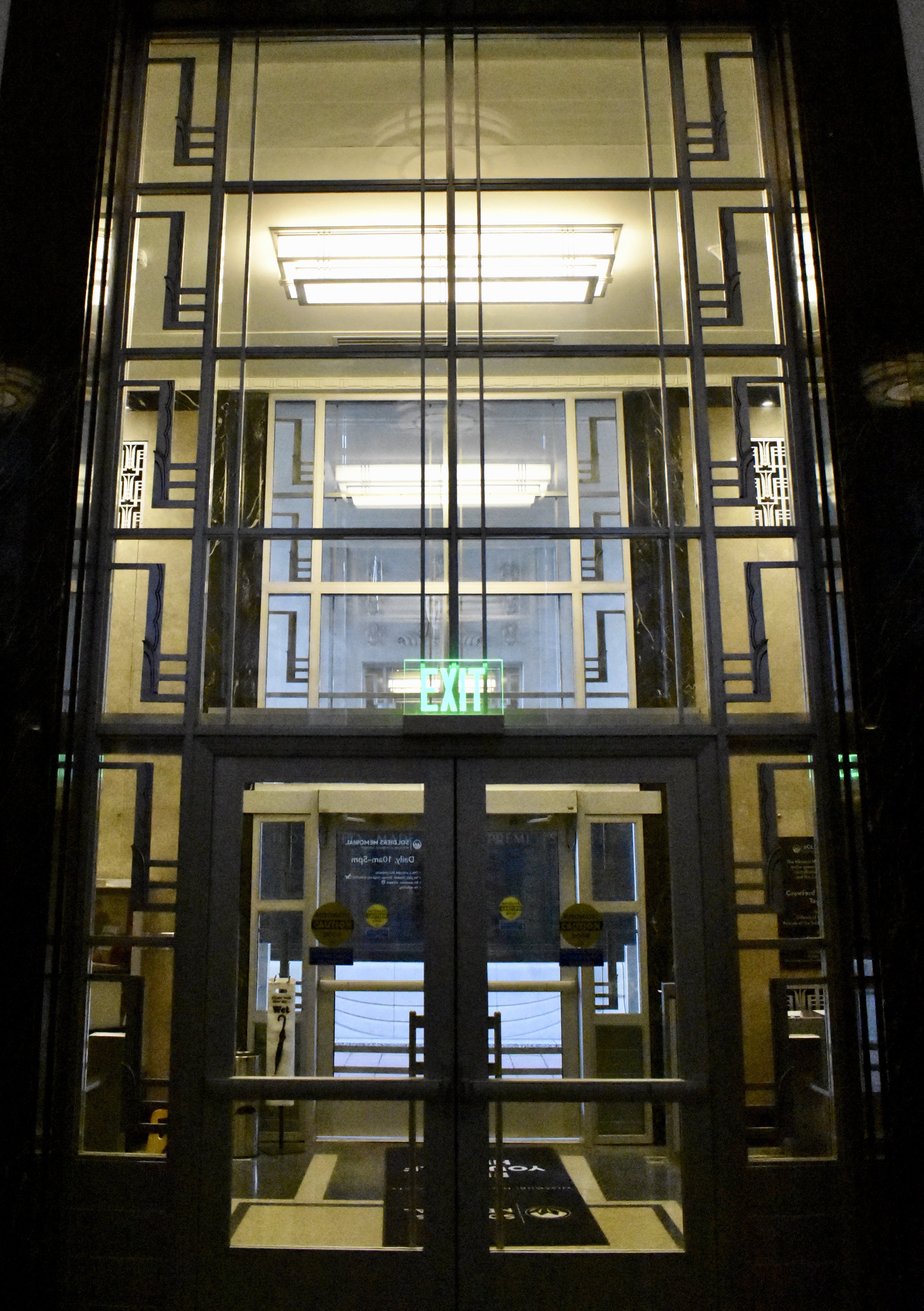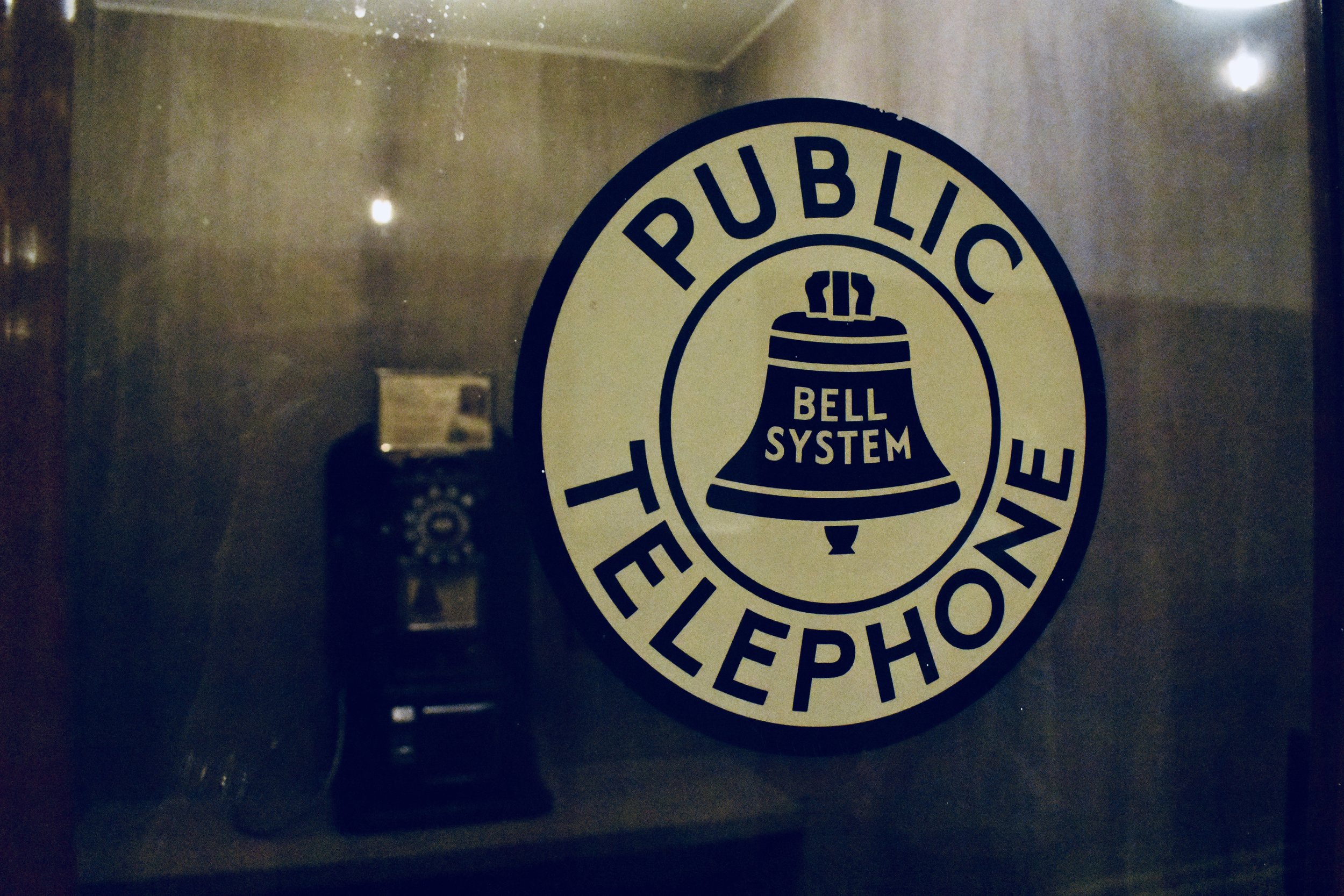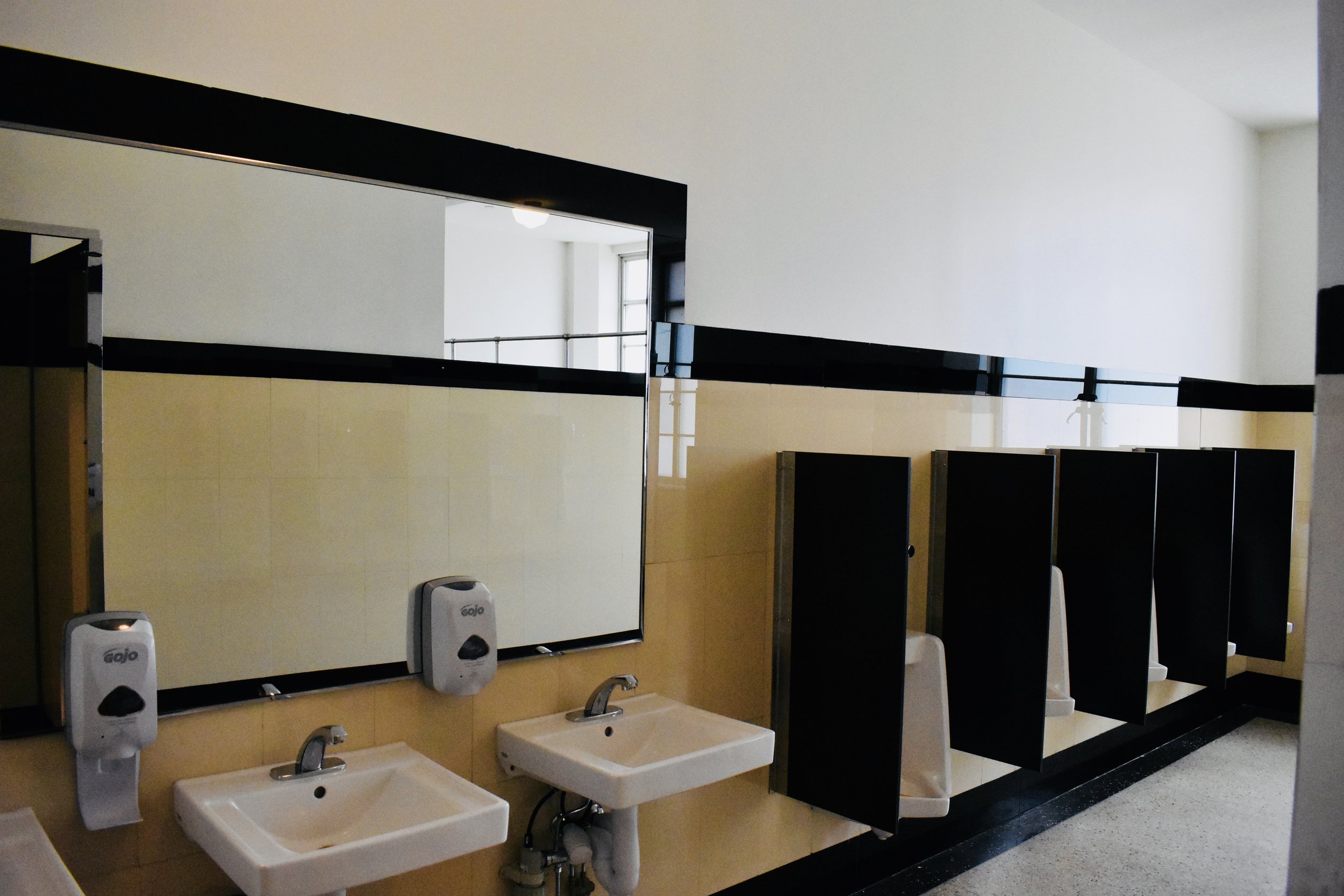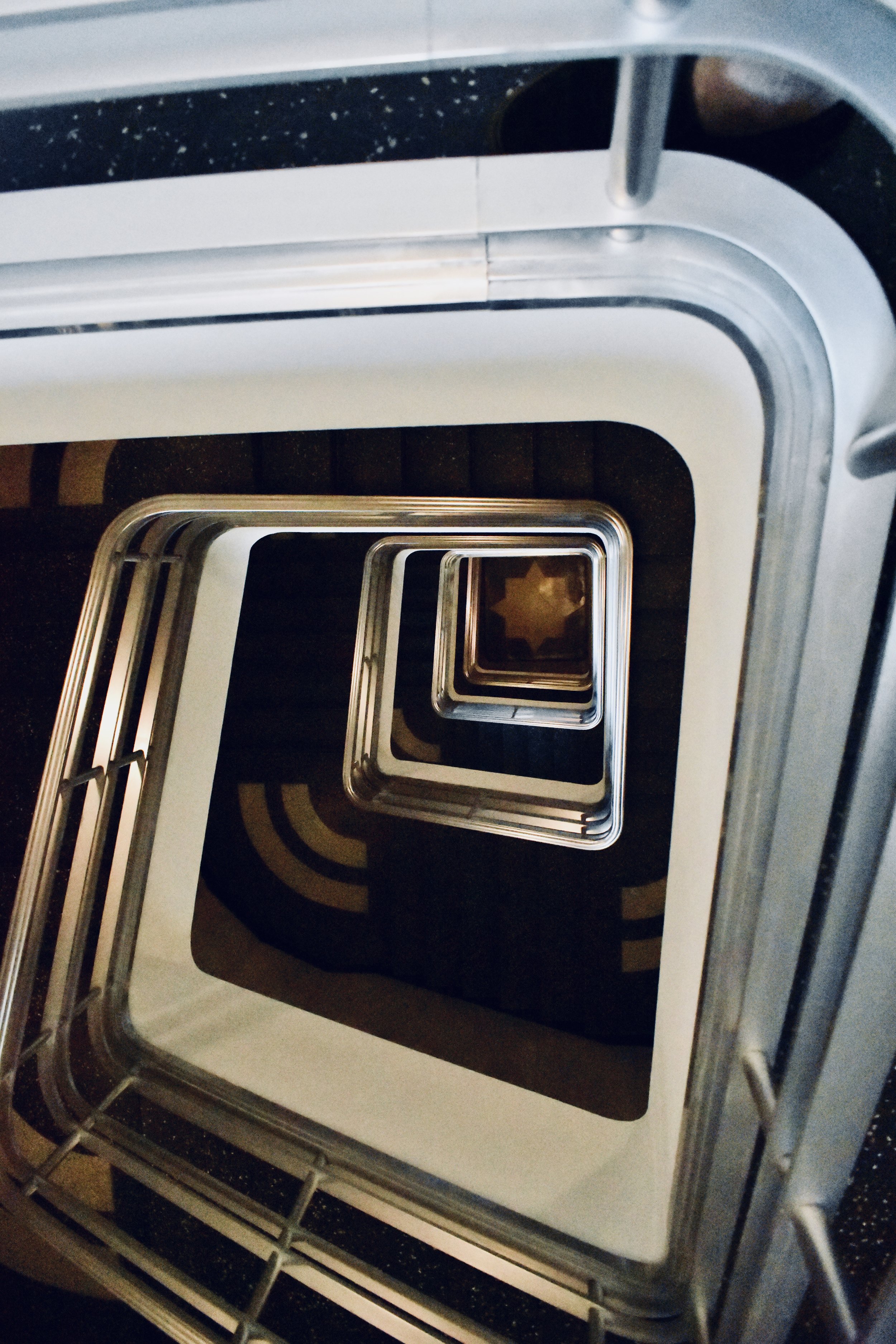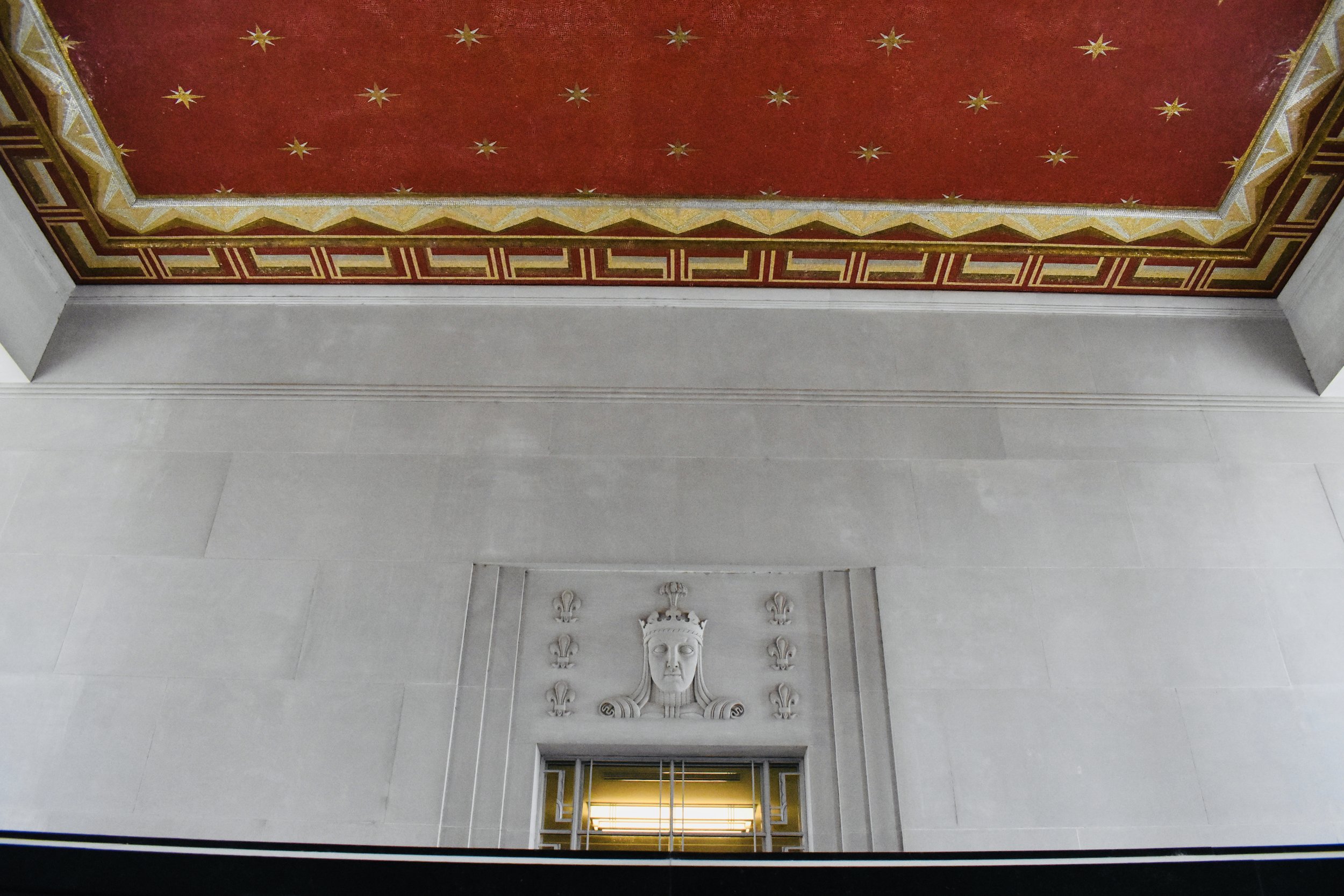Back in March, I shared some thoughts on the 2018 renovations of the Soldiers Memorial located in Memorial Plaza park in the Downtown West Neighborhood of St. Louis.
In that post, I covered the exterior, landscape and connectivity with the city on the opening day following a ~$30M renovation.
This Part 2 post will cover the interior of the building and the refreshed exhibits within.
I’ve got a wing man for this visit, my dad, an Army Veteran himself. Veterans like my dad are the ones I admire the most…those who were drafted. Volunteering is undoubtedly honorable as well, but there is something about getting a letter in the mail as a teenager, being sent to basic training and learning how to become a soldier in a matter of weeks. Then off you go.
Love this guy - thanks Dad
No draft has occurred since the Vietnam War era, so every conflict that has occurred since then has been done with a volunteer military.
Those that had no choice to serve are the ones that really get me; but, I’m thankful there are others willing to volunteer for the service. My dad was drafted during the Vietnam War, served his time and then joined the Army Reserves where he flew Huey and then Blackhawk helicopters. He served in Operation Desert Storm as well.
So, it was good to walk the halls of the newly renovated memorial with a Vet.
So let’s take a look at the interior and discuss some of the exhibits.
First, the refreshed collection and modernized displays and presentations are fantastic. Prior to the renovation, the vibe was a bit austere, the temperature was not controlled, it felt a little tired.
Realizing the somber nature of American war memorials, it worked, but the recent renovation has really elevated the experience. Still somber, but with more interactive and creative displays.
The theme of the memorial is focused on St. Louisans contributions to the war efforts.
There are great connections to the city, the local media and of course the residents and families from the region who contributed to our war efforts over the years.
The modernization includes touchscreen activities where you can listen to stories from vets themselves in their own words. You can dial up KMOX snippets from over the years to hear how the media portrayed the war efforts and local activities from boosterism to protests.
The complicated aspects of German-American immigrants living in St. Louis during WWI and WWII are described and shared. For instance, during WWI, while the US was diplomatically neutral at the onset of the war, German war bonds were sold here; August Busch, thinking we’d remain neutral throughout WWI bought $0.5M in German war bonds.
Fundraisers were conducted in St. Louis to help civilian casualties of war and those affected by the lack of food and basic supplies in Germany and other European countries.
The largest St. Louis German language paper, the Westliche Post, it was described as “staunchly pro-German” and supported the anti-war protests, American neutrality efforts and clearly printed their distaste for the selling of war materials to the Allies.
Germans were targeted as “anti-American” and told to “keep their mouths shut”. Nationalism was brewing and the Germans were made to feel it. German street names in St. Louis were changed, Berlin Avenue is now Pershing Avenue, Von Versen Avenue to Enright Avenue. Germans were banned from the Industrial Sites in St. Louis to prevent sabotage. German language was censored out of newspapers and classrooms.
Of course, St. Louis manufacturing played a critical role in the WWI and WWII efforts. Durning WWI, we exported war materials to Great Britain, France and Russia.
There are many photos showing the factories and workers. There are displays describing our most historic roles including the largest rifle and machine gun ammunitions plant, the one that used to be visible from I-70 near Goodfellow which was wiped from history by 2007 (the following photo is NOT from the museum, but I wanted to include it for context):
Photo source: Built St. Louis
Our role in refining the uranium to build the nuclear bombs that ultimately ended WWII is discussed.
There are scale models of the gunships that James Eads designed and built in Carondelet.
Our rich history of aviation is also discussed, including the balloonists in South City, the building of Scott Field in Illinois and Major Albert Bond Lambert’s contributions.
The photos of old St. Louis are fascinating as well.
While there is a heavy emphasis on WWI, the whole American history is represented, from pre-Civil War to the Mexican American War all the way through the Gulf Wars, St. Louisans were there, contributing though it all.
The impressive thing that permeates is the emphasis on the individual soldiers. It personalizes their stories and contributions and ties it back to St. Louis. This is just high-quality representation. Somber, not celebratory, respectful and factual.
The commoner experience is well represented, and not just the rich and powerful family contributions. Although, the prominent St. Louisans are discussed. For instance, William Danforth’s (founder of Ralston-Purina) story is told where during WWI, he volunteered for the YMCA at age 47 to set up canteens and rec centers for the 3rd Infantry Division. This is where he first heard the term “chow” as a substitute for food, and Purina Chow was born.
The lesser-known, yet highly impactful stories are told, including Major Sidney Swab, a neurologist from Wash U who studied PTSD, then only known as “shell shock”.
The uglier sides of American History are not buried within the exhibits. They discuss the post-WWI labor strife that the region experienced, especially in East St. Louis, IL when African-Americans returned from the war and started getting hired in factories for cheaper labor and the Unions and higher-paid whites clashed and the violence exploded in the “Red Summer” of 1919.
I think the exhibits are perfect, and there is plenty of space for special exhibits. I would personally like to know more about the factories, and where most of the war materials were made. There are small rooms and movie theaters that will accommodate these.
Now, the building’s interior…it was loving restored right down to every detail including the art deco elevators, stairwells, phone booths and yes even the vitrolite tiles in the bathrooms. One of the city’s best examples of deco interiors. The history of the exterior statues are discussed including scale models.
Check out a few details that caught my eye.
The renovation is perfect. A wonderful upgrade to St. Louis’ historic legacy of free museums and memorials.







